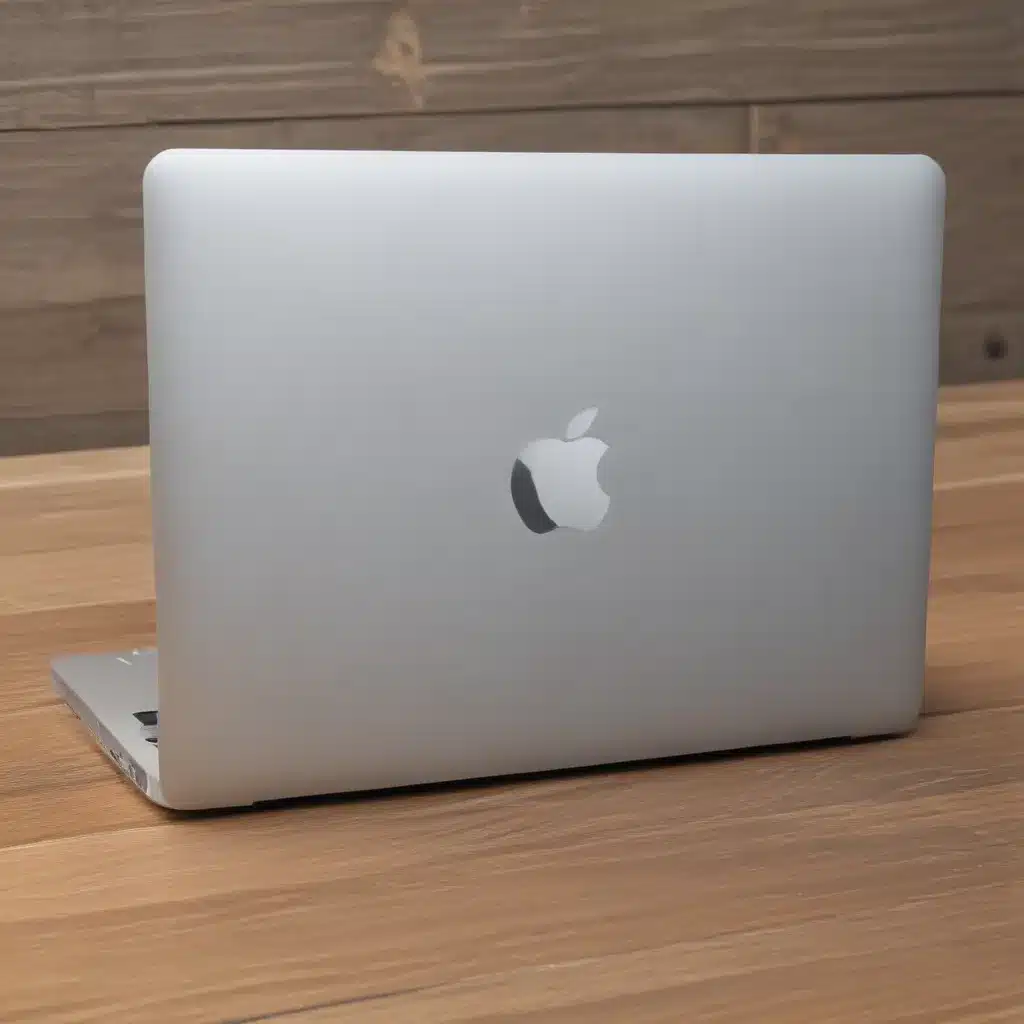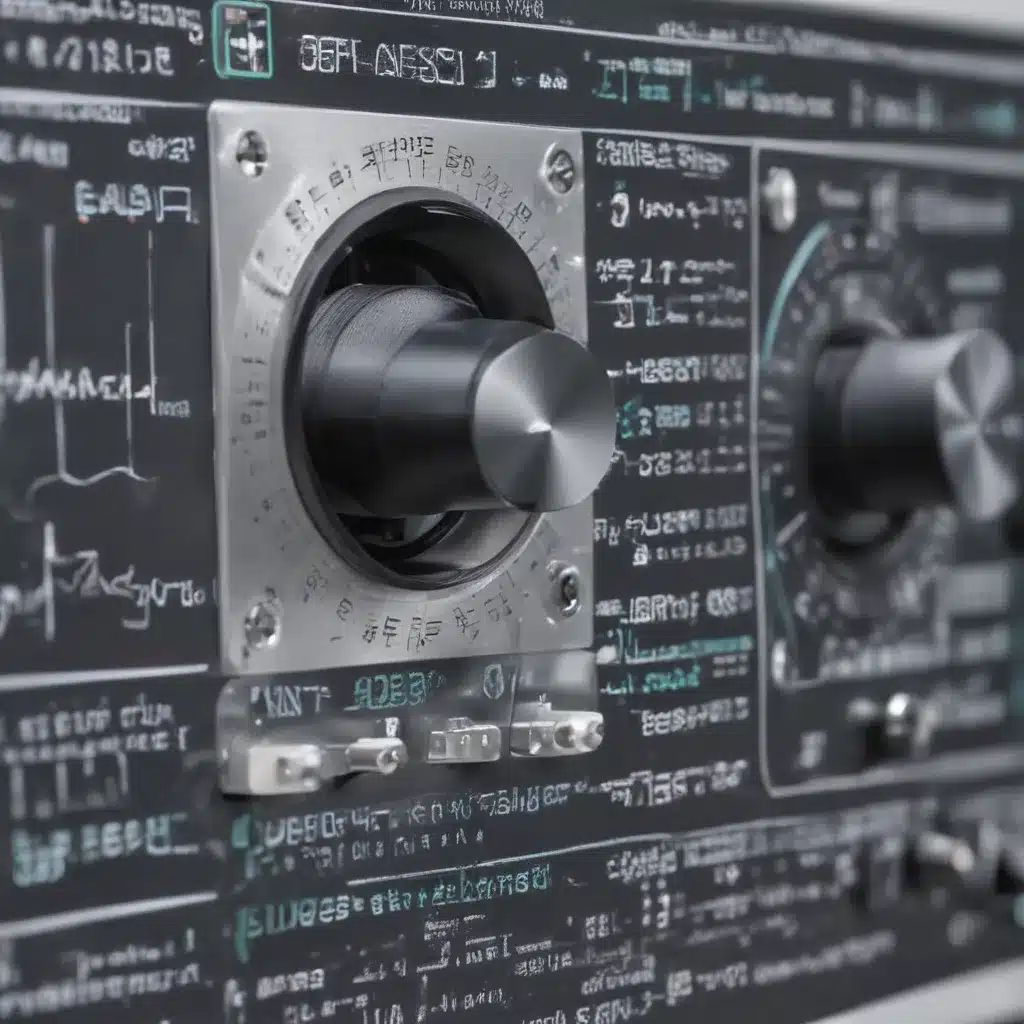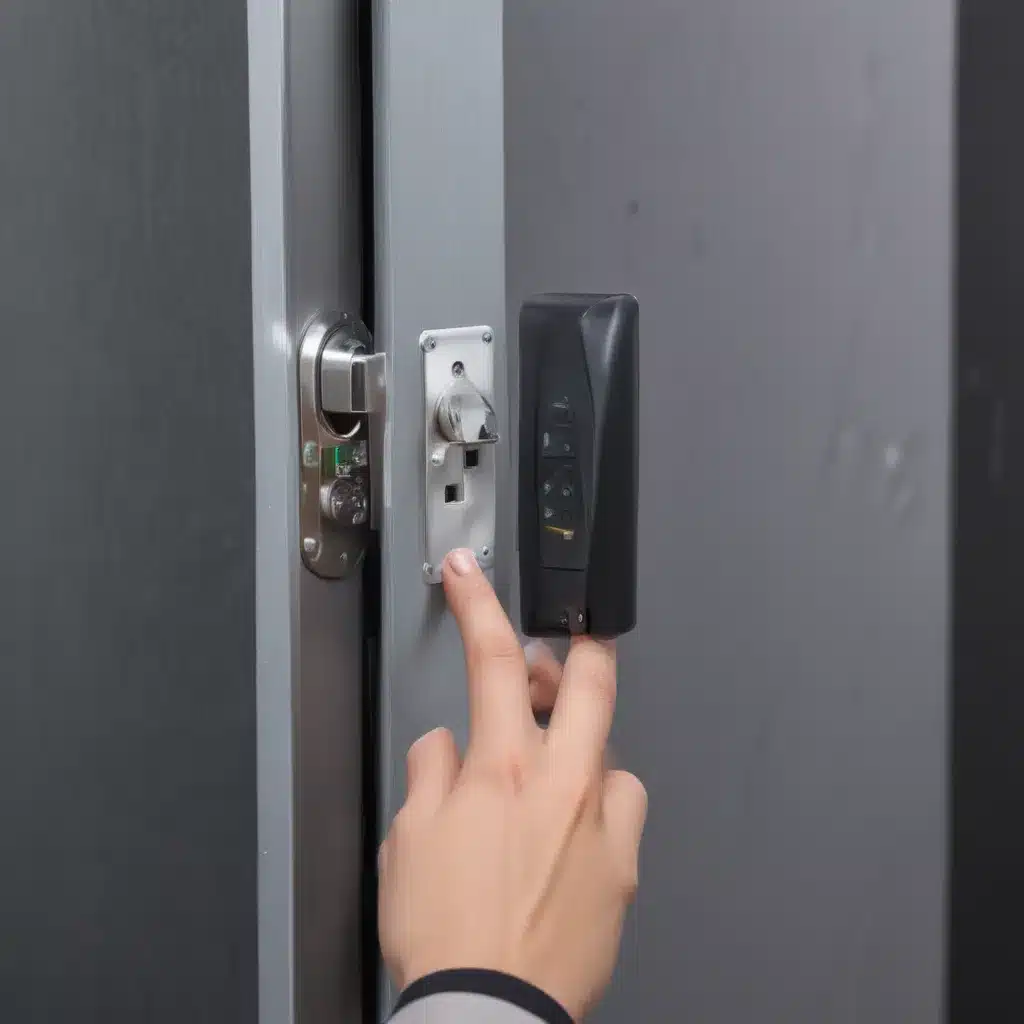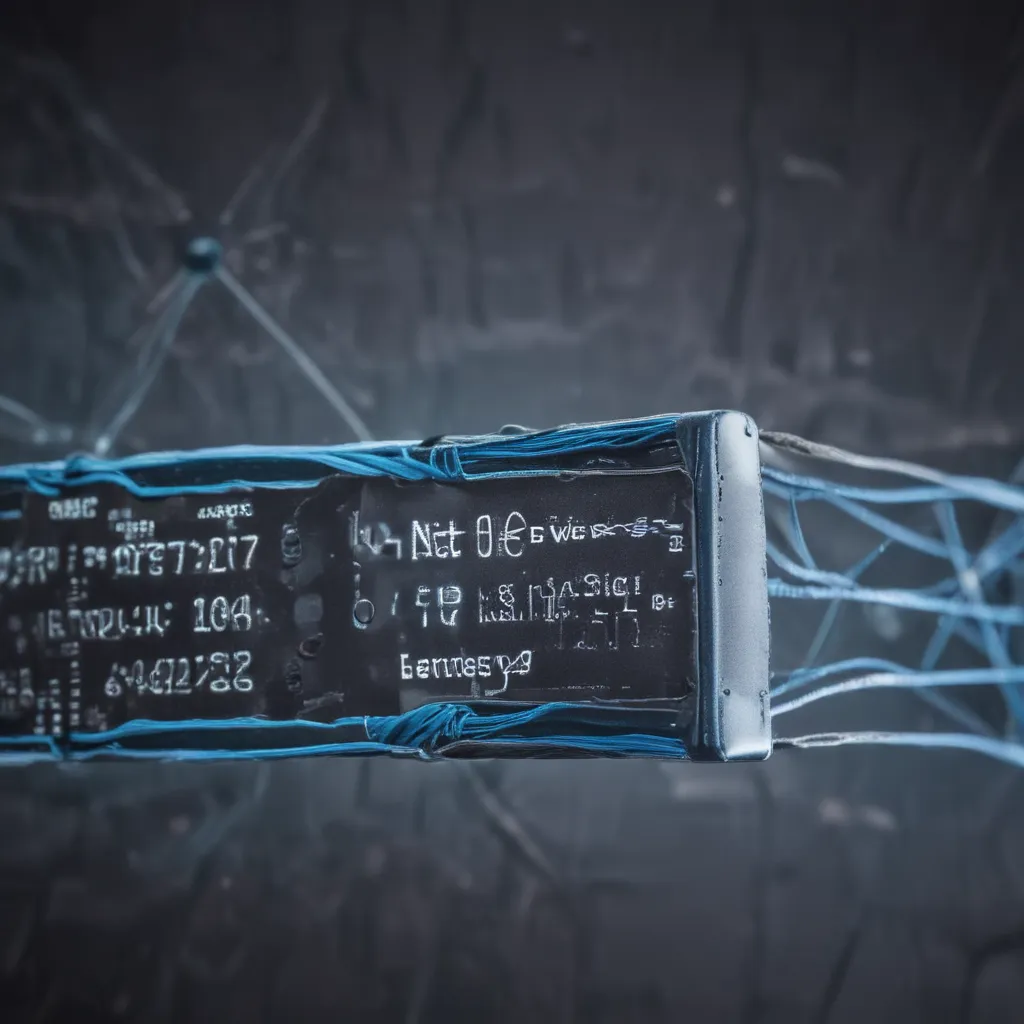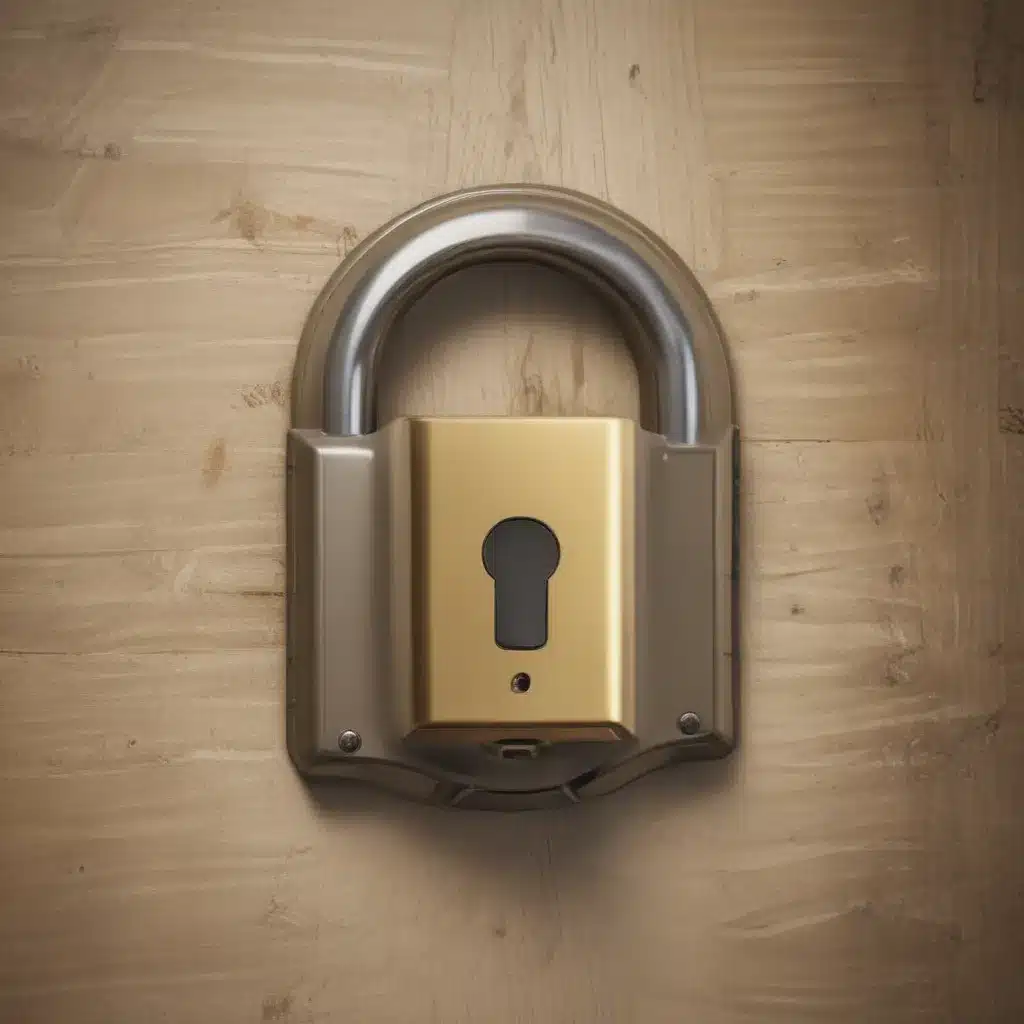Resurrecting Your Reluctant Mac: A Startup Tale of Triumph
It happens to the best of us – that sinking feeling when your beloved Mac refuses to boot up, leaving you staring at a black screen of technological despair. But fear not, my fellow Mac devotees! I’ve been there, and I’m here to share my hard-won wisdom on how to resurrect your reluctant digital companion.
Let’s start with a classic scenario: your Mac is chugging along, lulling you into a false sense of security, when suddenly – poof! – the screen goes dark. No ominous error message, no helpful hints, just an abyss of blackness. It’s enough to make even the most seasoned Apple enthusiast question their life choices.
But fret not, for I have a secret weapon up my sleeve: the magical incantation known as “nomodeset.” This mystical command, when uttered at the right moment, can part the veil of darkness and reveal your Mac’s desktop once more. [1] And the best part? It’s as simple as pressing a few keys during the boot process.
Now, I know what you’re thinking – “But wait, I’m no tech wizard! How am I supposed to remember all these arcane commands?” Fear not, my friends, for I shall guide you through the process, step-by-step, like a benevolent digital Sherpa leading you to the summit of startup success.
The Nomodeset Maneuver: Parting the Veil of Darkness
Imagine this: you power on your Mac, and instead of the familiar Apple logo and chiming welcome, you’re greeted by a cold, unforgiving black screen. Your heart sinks, your palms sweat, and the urge to throw the entire machine out the window becomes increasingly tempting. But before you succumb to the dark side, take a deep breath and follow these instructions:
- As your Mac boots up, keep an eagle eye on the screen. The moment you see the option to enter the GRUB menu (that’s the boot loader for you non-nerds), quickly press the down arrow key.
- Once in the GRUB menu, use the arrow keys to navigate to the option that says “Try Ubuntu without installing” (or something similar) and press Enter.
- Ah, but the fun doesn’t stop there! Now, press the F6 key, use the arrow keys to select the “nomodeset” option, and press Enter. An “x” should appear next to it, indicating it’s been activated.
- Finally, press Esc to return to the GRUB menu, select “Try Ubuntu without installing,” and watch in awe as your Mac’s desktop emerges from the digital void.
Voila! With a few keystrokes, you’ve banished the black screen and restored your Mac to its former glory. [1] It’s like a digital exorcism, but without the pea soup and spinning heads.
Troubleshooting Beyond the Darkness
But what if the nomodeset trick isn’t enough to solve your startup woes? Fear not, my tech-savvy friends, for I have more tricks up my sleeve. Sometimes, the issue can be related to your Mac’s UEFI (Unified Extensible Firmware Interface) settings, which can be a bit of a minefield for the uninitiated.
If you’re still facing a stubborn black screen, try booting into your Mac’s recovery mode. This can be done by holding down the Command + R keys during startup. Once in recovery mode, head to the “Disk Utility” tool and check the health of your Mac’s hard drive or SSD. If all looks good there, venture into the “Terminal” app and try running the “sudo update-grub” command to ensure your boot loader is up to date.
And remember, if all else fails, you can always reach out to the experts at your local UK computer repair service. They’ll be more than happy to lend a hand and get your Mac back on its feet, no matter how deep the digital darkness may be. [2]
So there you have it, my fellow Mac devotees – your guide to vanquishing the black screen of startup doom. With a few simple tricks and a healthy dose of persistence, you’ll have your trusty companion purring like a digital kitten in no time. Happy computing, and may the force of nomodeset be with you!
[1] Knowledge from https://askubuntu.com/questions/162075/my-computer-boots-to-a-black-screen-what-options-do-i-have-to-fix-it
[2] Knowledge from https://github.com/utmapp/UTM/discussions/3470

